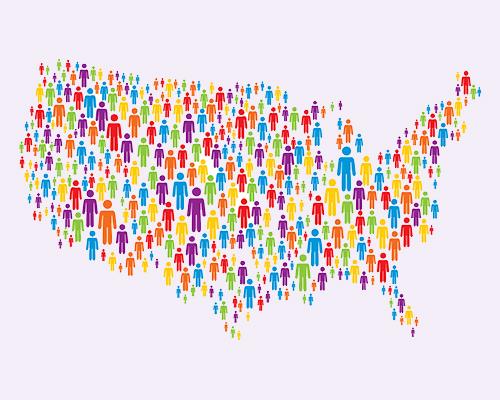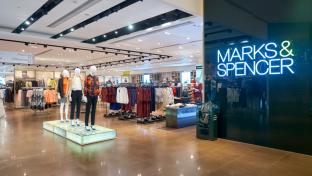In-Store Experiences, Needs & Fears During the Pandemic Vary Depending Upon Location & Media Use
CB4 recently conducted an online survey that shows how shopper sentiment during the pandemic varies across retail sub-verticals and U.S. regions. It also hints at how media consumption affects shoppers’ feelings about the in-store experience and their plans to shop.
Conducted April 2-5 with 1,108 shoppers across the U.S., findings were released in “COVID-19 Shopper Priorities & Experience Survey: Takeaways for Essential Retailers in Challenging Times.”
Among the report’s most interesting findings are that shoppers in the West South Central Region (comprised of Louisiana, Texas, Oklahoma and Arkansas) are the most fearful of shopping in stores during the pandemic. The least fearful shoppers reside in the Mountain Region (comprised of Nevada, Idaho, Montana, Wyoming, Colorado, Utah, Arizona and New Mexico).
Other factors that may influence how fearful respondents are about shopping in stores include how often they watch the news and whether they’re active on social media. For example, 19.5% of shoppers who watch the news multiple times a day are “very afraid” of shopping in stores, versus only 8% of shoppers who never watch the news. Meanwhile, shoppers who are inactive on social media are more likely to be unafraid to shop in stores, compared to people who are active on social media.
See also: Retail is Always ‘On’ — Even During a Global Pandemic
The survey found that, as of the first week of April, most shoppers were making bi-weekly trips to a store. Roughly 53% of shoppers had visited a store in the last 1-3 days, while 24% had visited a store in the last 4-7 days.
Overwhelmingly people who brave leaving their house are doing so to visit supermarkets. For 66% of shoppers, the last store they had visited was a grocery store, compared to approximately 11% who had visited a convenience store, 8% who had visited a pharmacy, 7% who had visited a convenience store, 5% who had visited a discount/dollar store and 1.6 who had visited a hardware store.
While shoppers reported successfully making some purchases, it wasn’t necessarily easy. 97% of shoppers reported that they were able to successfully make a purchase once they ventured into a store. Still, 3 in 4 shoppers reported experiencing in-store obstacles to purchase.
The most common obstacles to purchase were that the store was out-of-stock in a desired product, that the store didn’t carry a desired product, and that the store was closed or had reduced hours. Some reported that the store wasn’t taking proper hygiene precautions, but responses like these were far less frequent.
See also: The Technology Grocers Need Now to Win Post-COVID-19
Surprisingly, the most sought-after products for grocery store shoppers were not food-related. Instead, the most desired category for grocery shoppers were household staples like toilet paper and paper towels. Big-box shoppers also sought household staples first and foremost. Pharmacy, convenience, and discount and dollar store shoppers, meanwhile, most often wanted sanitizing products.
Regardless of whether they were headed to a supermarket, a big-box store, convenience store, a discount/dollar store or a pharmacy, shoppers determined where to shop based on three primary factors: product availability, loyalty and cleanliness.
At a glance, the report reveals just how differently consumers are responding to the pandemic and shelter in place orders. While the survey covered a variety of factors, there’s no doubt that other factors such as age and political affiliation influence how shoppers feel about visiting stores.
As the virus travels in real time, retailers can continue to expect to see demand and shopper expectations fluctuate. Those who can be quick and decisive in coordinating a response to customers in each of their markets will come out of this on top.
Heidi Sax is a content marketing manager at CB4, an AI solutions provider helping brick-and-mortar stores overcome chronic operational issues and create exceptional customer experiences.





